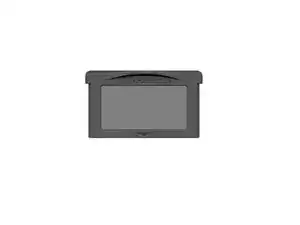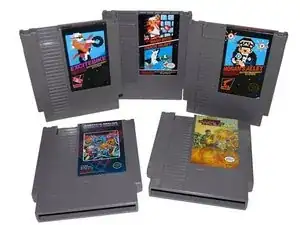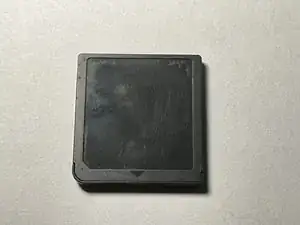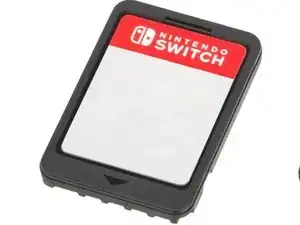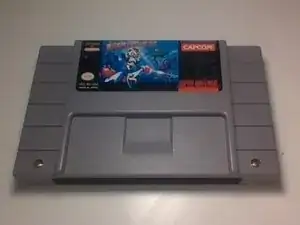Background
The Nintendo Game Cartridge, otherwise known as a ROM cartridge, is a cartridge or card designed specifically for Nintendo's game console and is typically proprietary to a specific game console. These cartridges are used by users to rapidly load and access standalone games and applications.
History
Family Computer and Nintendo Entertainment System Game Pak (1983 - 2003)
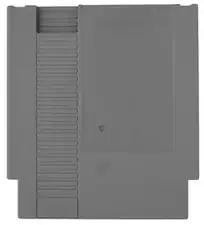
The Nintendo Entertainment System (NES), was released in Japan on July 15, 1983, under the name Famicom. The game cartridges, officially acknowledged as the Game Pak, acted as the software storage medium for the NES. All officially licensed NTSC-U and PAL region cartridges are 13.3 cm (5.25 inches) tall, 12 cm (4.75 inches) wide, and 2 cm (0.75 inches) thick.
Early NES Game Paks are held together with 5 small, slotted screws, but cartridges manufactured after 1987 were redesigned slightly to incorporate two plastic clips molded into the plastic itself, eliminating the need for the top two screws. The standard screws were also changed to 3.8 mm security screws to further secure the ROMs inside from tampering.
The Famicom's Game Paks featured a 60-pin cartridge design, which allowed for the cartridges to be smaller than the United States NES, which featured a 72-pin design. While the US's NES does have more pins than its Japanese counterpart, early NES games used the same printed circuit boards as the Famicom by incorporating a converter directly into the cartridge allowing it to fit into the NES.
Game Boy Cartridges (1989 - 2003)
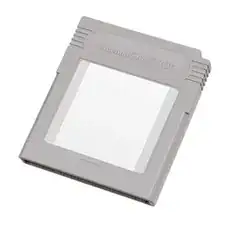
Game Boy Cartridges were introduced in 1989 by Nintendo as a way to store and play games on the Game Boy handheld console. The original cartridges had a dimension of 65.5 mm x 57 mm x 9 mm and could store up to 256 kilobytes of data.
While this initially limited the complexity of more advanced titles, Game Boy cartridges were able to store more complex games with better graphics and sound as the technology later improved.
Super Famicom and Super Nintendo Entertainment System Cartridges (1990 - 2005)

The Super Famicom (shortened for "Super Family Computer") was released by Nintendo in 1990 for the Japanese gaming market, with the Super Nintendo Entertainment System (SNES) being released later in North America in 1991. Both systems used a cartridge system for storing and playing games.
Initially, the SNES cartridges could store up to 4 megabytes of data, which allowed for significantly more advanced graphics, sound, and gameplay mechanics when compared to the previous NES cartridges. Later on in the SNES' lifespan, larger cartridges were produced that could store up to 32 megabytes of data. Super Famicom and SNES cartridges were produced by both Nintendo and third-party developers until the mid-1990s when Nintendo released the Nintendo 64.

In addition to standard game cartridges, the SNES also had a unique accessory called the Super Game Boy, which allowed players to play Game Boy cartridges on their SNES console. The console also served as a way to enhance the Game Boy game's graphics and sound using the SNES' hardware.
Nintendo 64 Cartridges (1996 - 2002)
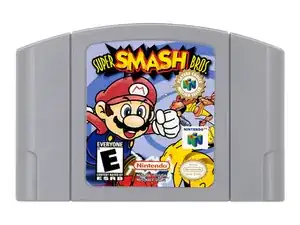
Released in 1996, the Nintendo 64 (N64) used a significantly more advanced cartridge system than the previous SNES console as they allowed for 64 megabytes of data to be stored which allowed for more advanced graphics, sounds, gameplay mechanics, and faster loading times.
The N64's cartridges themselves were also praised for their durability, however, they were also criticized for their high cost and limited storage when compared to CD-based consoles such as Sony's PlayStation. This also made it difficult for third-party developers to create games for the console.
Game Boy Color Cartridges (1998 - 2003)

In 1998, Nintendo released the Game Boy Color, which introduced a new type of Game Boy cartridge that could store up to 1 megabyte of data. This allowed for games with improved graphics and sound, as well as the ability to display color.
The cartridges themselves could be identified as Game Boy Color cartridges by the black color of the cartridge, which could be used with the original Game Boy, or the transparent plastic cartridges, which could only be used with the Game Boy Color.
Game Boy Advance Cartridges (2001 - 2010)
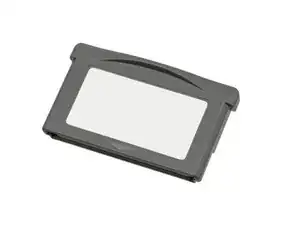
In 2001, Nintendo released the Game Boy Advance, which used a new smaller type of cartridge that could store up to 32 megabytes of data. This allowed for even more advanced games with better graphics and sound, as well as longer playtimes and more features.
This type of cartridge was the last Game Boy cartridge produced by Nintendo, and both the cartridge and the handheld console have been discontinued in 2010.
Nintendo DS & DSi Cards (2004 - 2014)
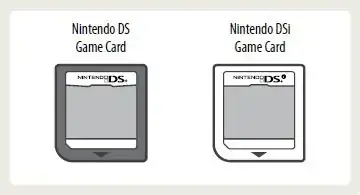
In 2004 the Nintendo DS was launched as a handheld game console that used cartridges called game Cards, which acted as a means of storing and playing games. The Game Cards were significantly smaller than the Game Boy Advance's cartridges but had a significantly upgraded storage size that could range anywhere from 64 megabytes to 4 gigabytes.
In 2008, Nintendo released an upgraded variation of the Nintendo DS called the DSi. While the DSi did feature games that were compatible with the standard DS, there were several games that could only work exclusively with a DSi system for reasons such as the newer system requiring a camera. These cards were colored white but were physically no different from the standard DS cards.
Both cards used an integrated flash memory and EEPROM system to save their game data, however, there are some games that don't feature a save memory system.
Nintendo 3DS Cards (2011 - 2020)

Nintendo released the Nintendo 3DS in 2011, which featured game cards that featured a storage size that could range from either 1 to 8 gigabytes. While the cartridges were similarly built to the other DS game cards, but were incompatible and were keyed with a small table on the side of the cartridge to prevent them from being inserted into the DS or DSi handhelds.
Nintendo Switch Cards (2017 - Present)
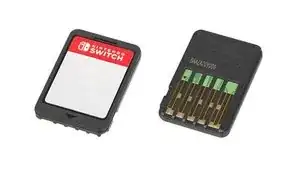
The Nintendo Switch was released in 2017 and uses Game Cards, also known as Nintendo Switch game cartridges, to store and play games. The Switch Game Cards are similar in size to the DS Game Cards but have a larger storage capacity, with some Game Cards capable of storing up to 64 gigabytes of data.
The Switch Game Cards were designed to be easy to use and durable, with a protective coating of Denatonium Benzoate, that makes them resistant to scratches, fingerprints, and gives the cards a bitter taste to prevent accidental consumption by young children and pets. They also feature a unique design that allows for easy insertion and removal from the console.
Identification
NES - Rectangular shape. Dimensions of 13.3 cm (5.25") tall, 12 cm (4.75") wide, and 2 cm (0.75"") thick. Gray plastic casing. 60 or 72-pin connector.
Game Boy - Small flat cartridges. Dimensions of 65.5 mm (2.6") x 57 mm (2.2") x 9 mm (0.35"). Black plastic with brand labeling.
SNES - Curved rectangular cartridges. Varying plastic colors. A unique grooved shape enables insertion.
Nintendo 64 - Large cartridges compared to prior consoles. Inserted on top of the console. Prominent use of game logos.
Game Boy Color - Small cartridges like the original Game Boy. Black indicates original Game Boy compatibility. Transparent plastic for GBC only.
Game Boy Advance - Small cartridges approx 2.5” x 1.5” x 0.25”.
Nintendo DS - Tiny cartridges compared to prior handhelds. DS game cards come in black while DSi cards come in white.
Nintendo 3DS - Very small, same DS-style cartridge. These have a small table on the side of the cartridge to prevent them from being inserted into the DS or DSi handhelds.
Nintendo Switch - Same general size as DS games. Larger storage capacity on cartridges. Taste deterrent and scratch resistant Denatonium Benzoate coating.

